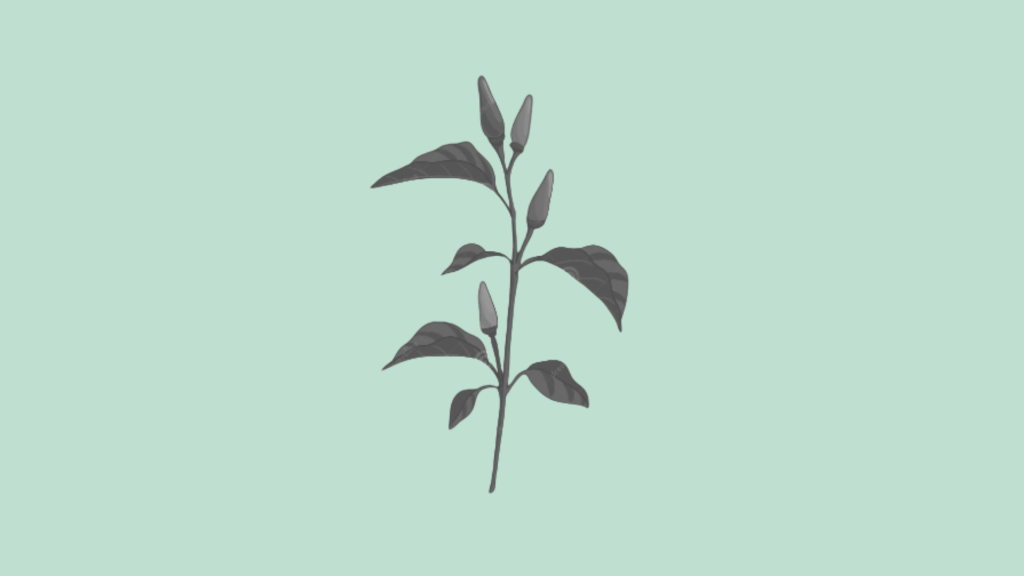The bird pepper, also as bird's eye chili, has a few different points of origin, including Florida, Mexico, and Africa. It is one of the many hot peppers that ranks in the medium-high range on the Scoville scale (ranks between 50,000 and 100,000 units). Depending on the climate, it can be an annual or short-lived perennial plant.
What are some other names for bird pepper?
From the Solanaceae (aka Nightshade) family, this Capsicum Annuum species of the Glabriusculum variety is commonly referred to as bird pepper.
Here are some additional names that are used for various bird pepper varieties in different regions:
- Pequin pepper
- Chiltepin pepper
- Tepin
- Chiltepe
- Turkey
- Bird’s eye chili
- African bird pepper
- Jamaican bird pepper
- Thai pepper
- Piri piri pepper
- Malagueta pepper
- Kambuzi pepper
Why Is It Called Bird Pepper?
The name “Bird Pepper” is believed to originate from the fact that these small, spicy peppers are a preferred food source for many bird species.
What Are You Foraging For Right Now?
We're thrilled to hear your ideas. What would you like to submit today? Feel free to share your thoughts and experiences with us.
Birds are less sensitive to the heat of capsaicin, the compound responsible for the spicy sensation in peppers, so they can consume these peppers without feeling the intense heat that humans experience.
The pepper seeds pass through the birds’ digestive systems and are dispersed in their droppings, effectively helping to spread the pepper plants to new areas.
What is the difference between bird pepper and regular pepper?
The main difference lies in the type of pepper and its culinary use. Bird peppers are typically small, spicy chili peppers used to add heat and flavor to dishes, while “regular pepper” refers to the various forms of Piper nigrum peppercorns (black, white, green, red) that are used as a common seasoning for a wide range of dishes.

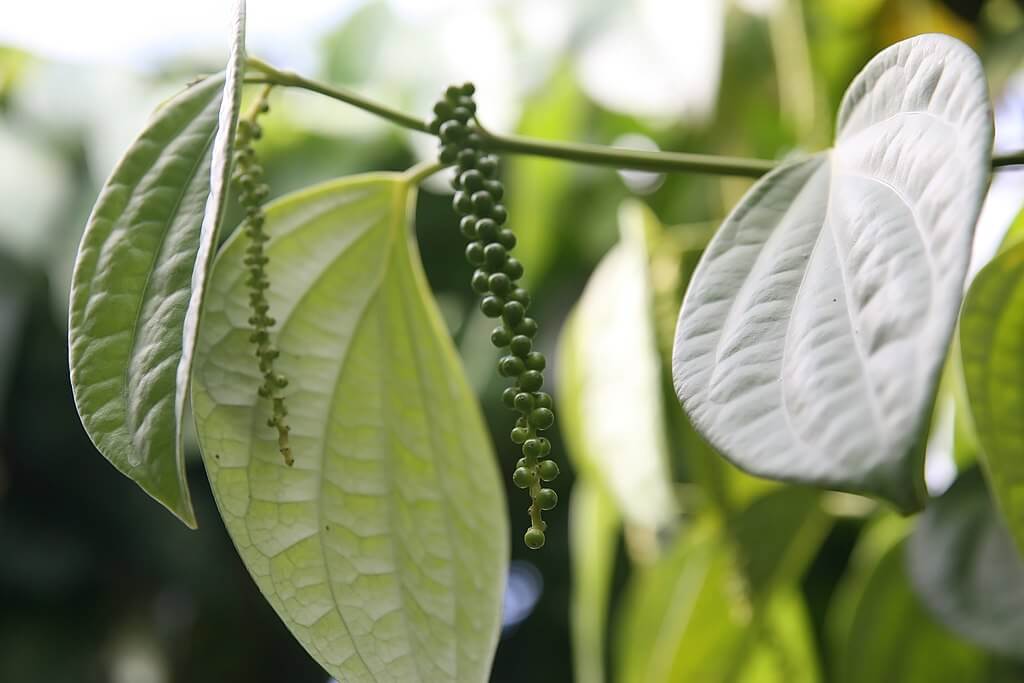
Is Cayenne Pepper the Same as Bird Pepper?
While both cayenne pepper and bird pepper belong to the same general family of chili peppers, they differ in terms of size, heat level, and typical culinary use.
Cayenne pepper is often used as a powdered spice, while bird peppers are typically used whole or crushed to add spiciness and flavor to dishes.
A typical cayenne pepper ranks between 30,000 and 50,000 units on the Scoville scale. A typical bird pepper ranks between 50,000 to 100,000 Scoville heat units.
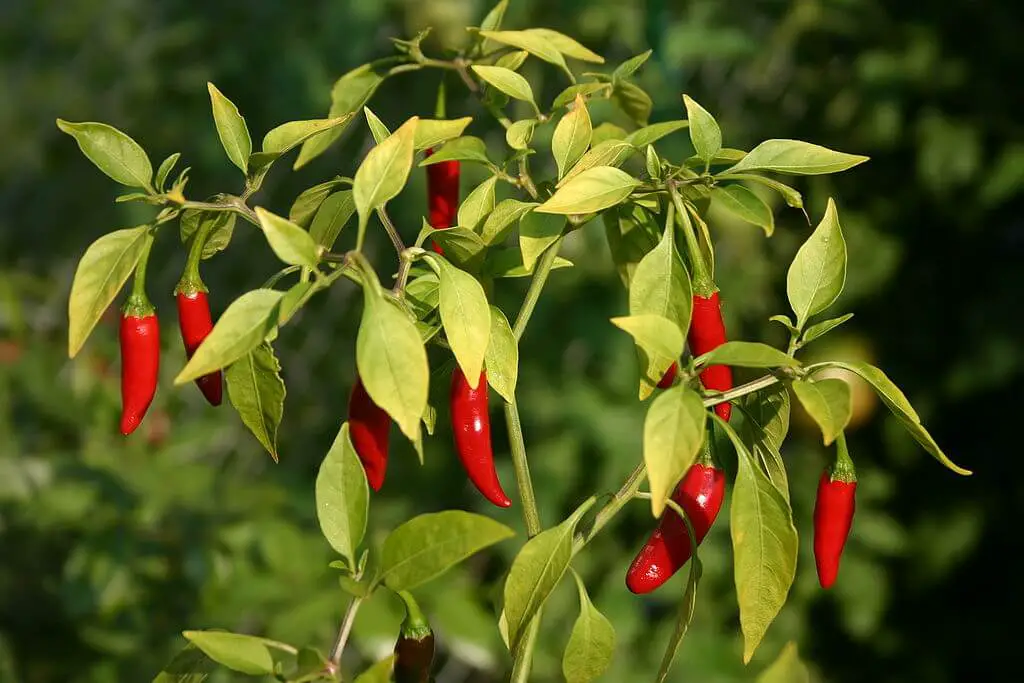
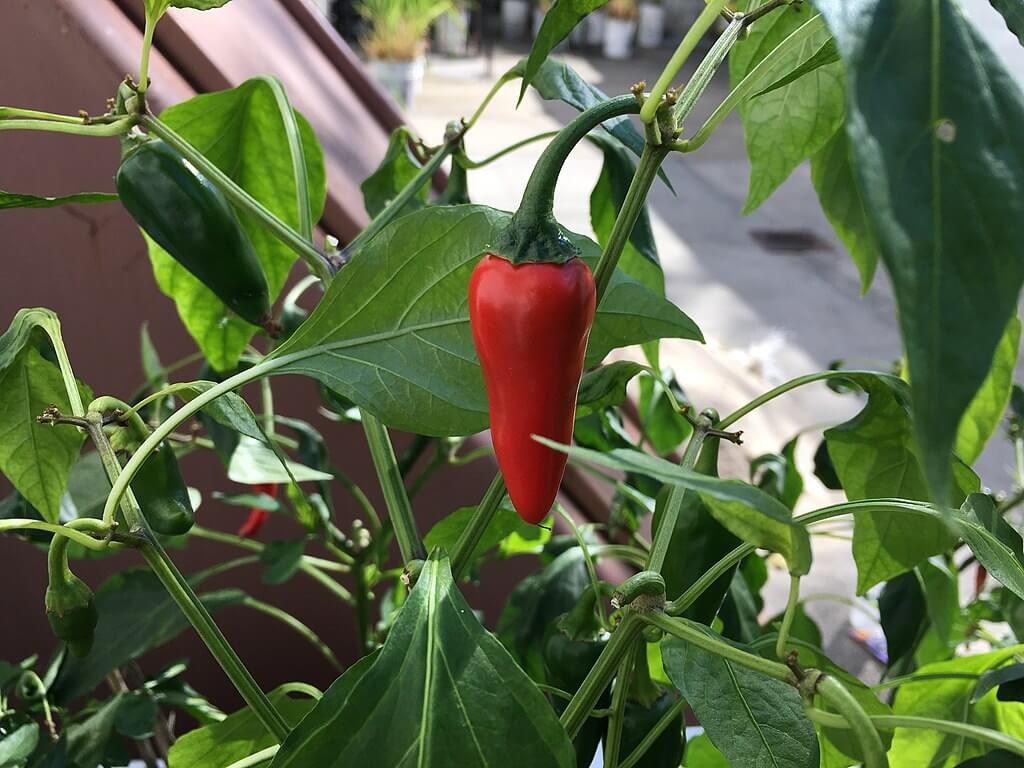
How spicy is bird pepper?
This pepper ranks between 50,000 and 100,000 SHU(units on the Scoville scale), however, some bird pepper varieties have ranked up to 175,000 units. To put this in perspective, a typical jalapeño pepper ranges from 2,500 to 8,000 SHU, making bird peppers significantly spicier.
When the pepper is green, it is not mature. The peppers are usually red when they are ripe, and occasionally they can be yellow, purple, or orange.
What does it taste like?
The dominant characteristic of bird peppers is their spiciness. The heat level can range from moderately hot to very spicy, depending on the variety.
Along with the spiciness, there’s often a pungent and bold flavor that can enhance the overall taste of dishes.
Many bird peppers also have a fruity flavor profile. This fruity aspect can include notes of citrus, tanginess, and sometimes a slightly sweet undertone.
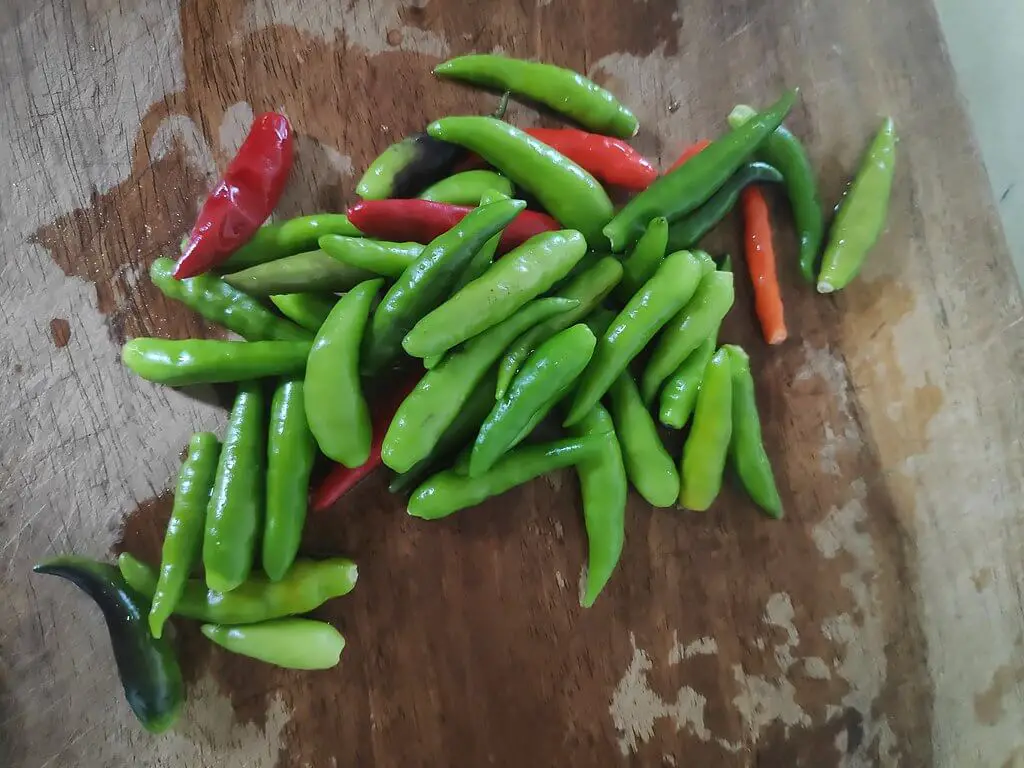
What is bird pepper good for?
Here are some common uses and applications of bird peppers:
- Adding Heat: Bird peppers are primarily used to add spiciness and heat to dishes. They can be added whole, crushed, or ground into powders to enhance the flavor profile of a wide range of foods.
- Sauces and Condiments: Bird peppers are commonly used to make hot sauces, spicy condiments, and marinades. They can be blended with other ingredients to create flavorful and spicy sauces.
- Soups and Stews: Bird peppers can be added to soups, stews, and broths to infuse them with heat and a spicy kick.
- Pickling: Some bird peppers are suitable for pickling in vinegar or brine. This can preserve their flavor and spiciness for later use.
This pepper has also been used medicinally since the 16th century in Africa. While research is still ongoing, there is information that suggests bird pepper can help to:
- Boost metabolism
- Lower blood pressure
- Regulate high blood pressure
- Boost the immune system
- Decrease stomach pain caused by gas, constipation, or cramping
- Treat arthritis
- Treat psoriasis
It contains antioxidants and includes vitamins A, C, B, E, and B9, as well as potassium, phosphorus, fiber, magnesium, and calcium.
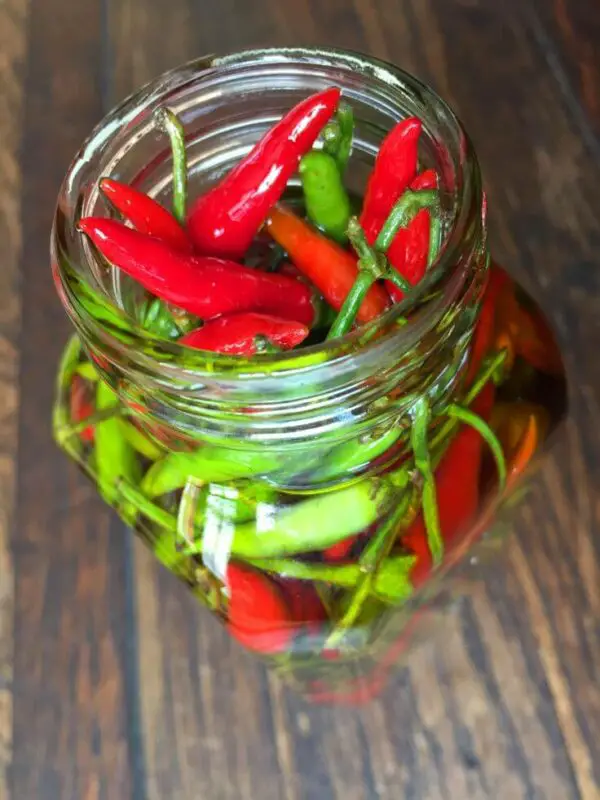
What country is bird pepper from?
Bird peppers are not specific to a single country; rather, they are a group of small, spicy chili pepper varieties that are found in various regions around the world.
Where Does Bird Pepper Mostly Grow?
This pepper is native to Florida, Jamaica, and Africa. Nowadays, it can be found growing in many places including Central America and South America.
Depending on the region, mid-April to October is typically the best time to harvest them.
How to Identify Bird Pepper?
Learning how to differentiate between chili peppers is important. Many red peppers look similar but have varying levels of spice. First, let’s discuss the bird pepper plant and then compare it to others.
The bird pepper plant grows about 3 feet tall and has alternately arranged, dark green, elliptic leaves. The stem can be woody or herbaceous.
The small, 1/4 inch, white flower blooms year-round and has five, pointed petals that are partially fused. The center of the flower is bright green with multiple white stamens with dark purple tips.
When unripe, the fruit (pepper) is green. When it is mature, the red fruit will be hard to miss. The pepper grows to be about 3/4 of an inch to one inch in length. Bird peppers have a smooth exterior and taper down to a sharply rounded point.
Three of the most common lookalikes of the bird pepper include:
- Chile de Arbol (15,000-30,000 units): This long, pointy, red pepper grows to about two and a half inches. The exterior isn’t as smooth as the bird pepper. It almost looks like it was hit with a small hammer a few times.
- Fresno Chile (2,500-10,000 units): The fresno chile looks similar to a jalapeno but tapers to a finer point and is usually between two and three inches long. They have thick skin and a slight sweetness.
- Tabasco Chile (30,000-50,000 units): These peppers are usually just under two inches long and have a creamier red color (mixed with orange and yellow), instead of a true bright red color.
Luckily, other extremely hot peppers, like habaneros (150,000-575,000 units) and scotch bonnets (100,000 to 350,000 units), have a completely different shape than the bird pepper.
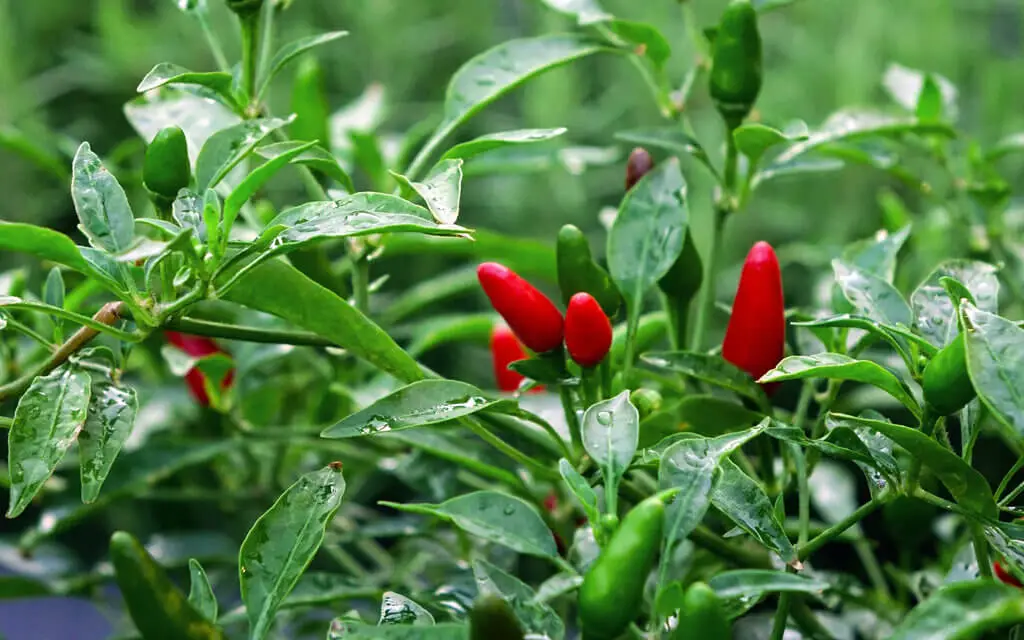
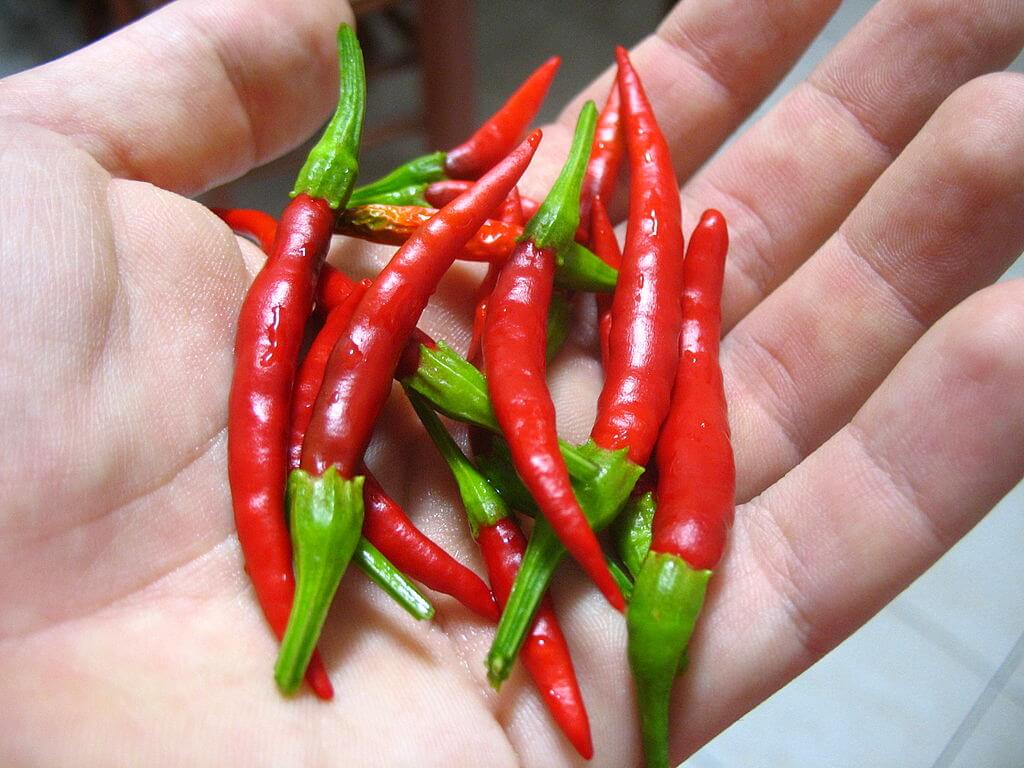
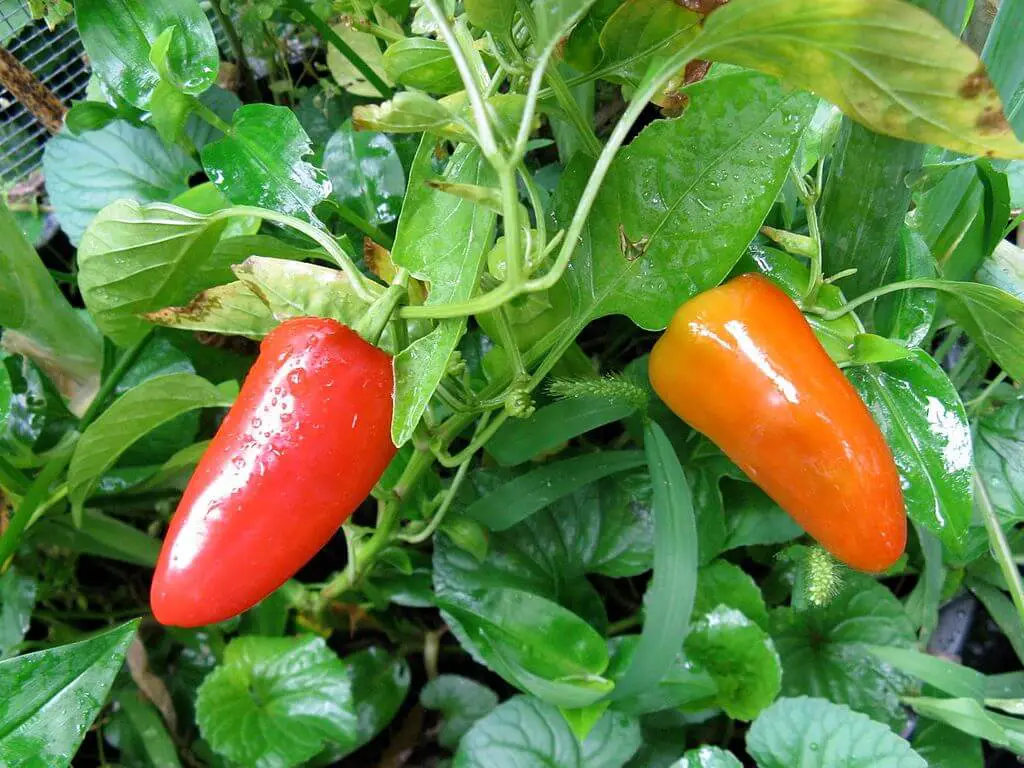
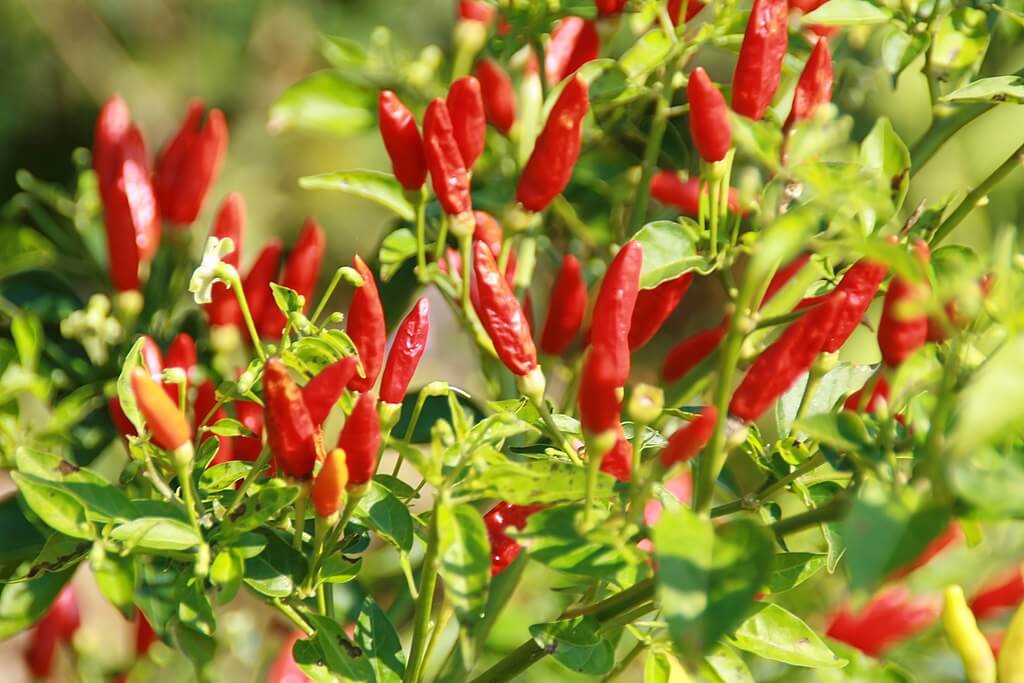
Is It Easy to Grow Bird Peppers?
These perennial pepper plants are easy to grow if they are in the correct climate. They can live up to 25 years in tropical climates. With that being said, they do not tolerate frost or freezing temperatures. However, they are drought-tolerant.
They prefer full sun or partial shade with sandy, calcareous, or clay soil that is generally moist.
Growing the plant from seed to pepper only takes about 150 days. If you are growing the plant from a propagation, make sure the root system is well-developed. This plant is also usually free of pests but does attract bees.
What to read next: Hairy Bittercress: Edible Benefits
Originally from Florida, but with a lust for travel, Sami has found herself in many remote areas with little-to-no access to traditional medicines. Since 2014, she has been experimenting with natural remedies, eastern medicine, and foraging. She believes that the Earth provides us with everything we need to live, heal, and cure.

